Where have all the pay TV subscriptions gone?
The television segment grew 6.4 per cent in 2019, while television advertising grew by 5 per cent in 2019, mainly on the back of sports (IPL and the ICC World Cup), marquee events like ‘Bigg Boss’, ‘KBC’, ‘Sa Re Ga Ma Pa’, etc., and 2019 General Elections for news channels, according to FICCI-EY’s report on the M&E industry, titled ‘The Era of Consumer A.R.T.’
However, TV AdEx volumes fell 4 per cent in 2019, though five of the top 10 ad sectors grew their ad insertions. Meanwhile, advertising volumes grew 4 per cent on regional channels.
Subscription growth of 7.5 per cent was mainly driven by a growth in end-customer pricing on account of the implementation of the NTO in February 2019, while the number of active pay television subscriptions fell.
The report reveals that overall time spent on TV reduced 6 per cent post the NTO (July-Dec 2018 Vs 2019). According to FICCI-EY, if strictly implemented, NTO 2.0 could reduce subscription income in 2020.
TRAI’s New Tariff Order (NTO) has reset the pay TV universe. The NTO, implemented during February 2019, increased end-customer prices for television content, reduced the reach of certain genres of channels and resulted in a 6 per cent reduction in time spent watching television during the second half of calendar 2019, the FICCI-EY report reveals. Active paid subscriptions reduced by 26 million in 2019. The report revealed that there were 133 million paid subscriptions for which broadcasters earned revenues in 2019, as compared to 161 million reported in 2018.
The report estimates that unidirectional television (pay + free) reached 171 million households and that there were over 4 million connected smart televisions at the end of 2019.
For the 2019 report, FICCI-EY did a ground-up analysis as the BARC survey has not been performed post NTO. This change in methodology has impacted the pay TV universe, as 2019 numbers do not account for undeclared TV households. Consequently, the number of active television subscriptions was significantly lower in 2019, driven by a fall in paid subscriptions.
Free television, on the other hand, grew its base of subscribers on the back of less expensive television sets and more expensive content.
While analysing where all the pay TV subscriptions have gone, the report mentions the following possibilities:
- Households with multiple television connections, which used to benefit from much lower rates for the second and third television sets, rationalised their subscriptions as the NCF was charged at full rates for their additional television sets; we estimate this could have impacted up to three million connections.
- Viewers – particularly English language viewers – may have been provided with the impetus to move to OTT platforms, which became relatively more affordable post the NTO and provided the additional benefit of anytime viewing without ads. The report estimates this could have led to around 3-4 million subscribers.
- FreeDish grew its user base as price sensitive consumers activated paid subscriptions only during events or holidays, or watching key programmes on low cost and free bundled OTT services. This is estimated to have been up to 5 million subscriptions.
- Piracy of television feeds has always been an issue in India and it is believed that the increase in end-customer prices could have given this a further boost, impacting up to10 million pay subscriptions.
- Industry discussions indicate that underreporting of pay TV homes post NTO continues in certain areas; however, this couldn’t be quantified.
- Given that most distribution deals earlier were based on minimum guarantees and had been renegotiated annually based on unverified subscriber counts from an era of opacity, the report states that previous subscriber counts may have been overstated by 5%.
End-customer prices increased
It is estimated that end-customer prices grew by over 25 per cent on average to cross Rs 225 net of taxes. While packs were created by DPOs combining channels from different broadcasters, there was little scope for discounting.
Industry discussions indicate that over 85 per cent of subscribers opted for DPO designed packages, but slowly this number is reducing as subscribers start to opt for channels they require and let go of channels they do not watch.
DPOs implemented different strategies for the NCF for additional TV subscriptions, with some charging it at full price while others provided a discounted rate.


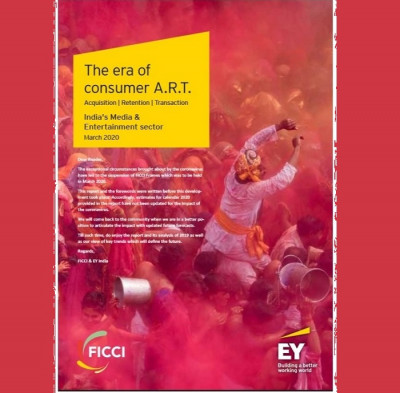


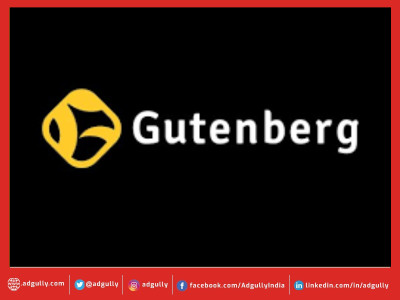

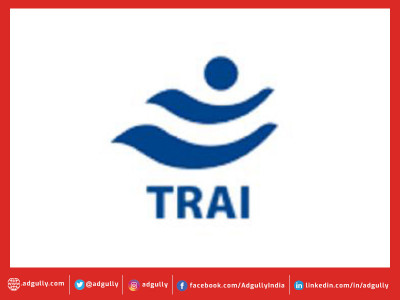
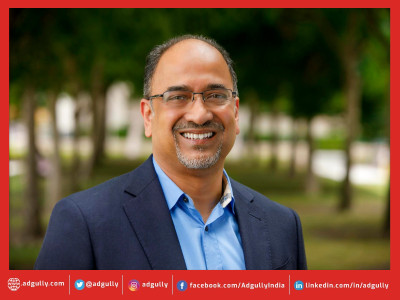

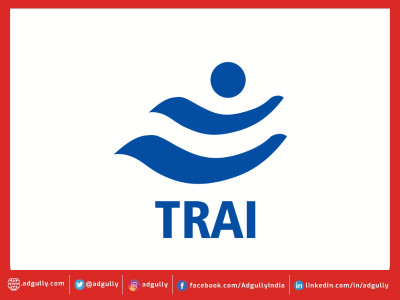



Share
Facebook
YouTube
Tweet
Twitter
LinkedIn